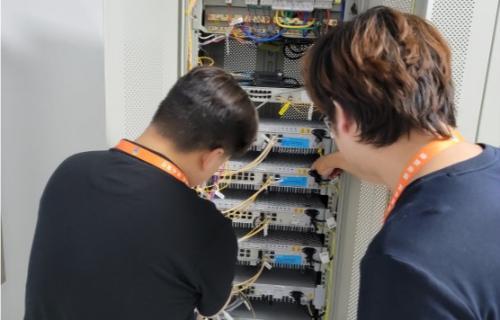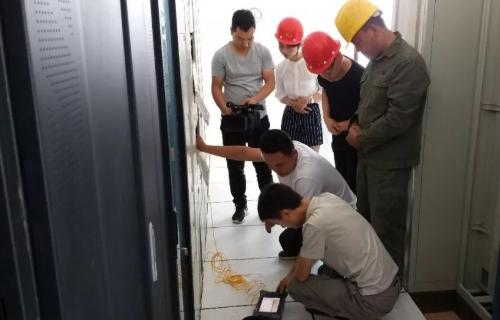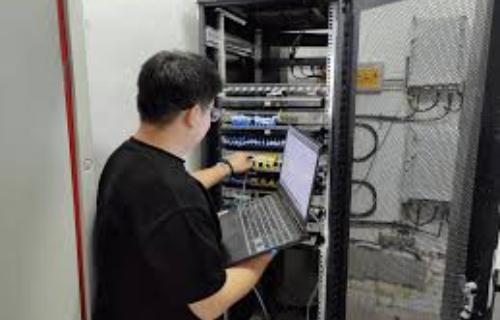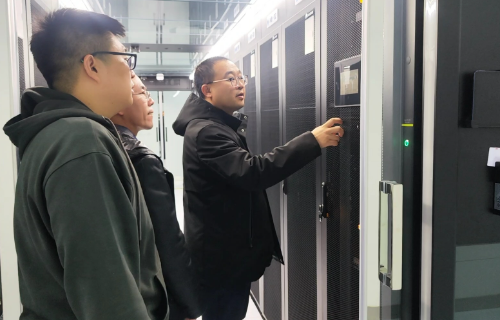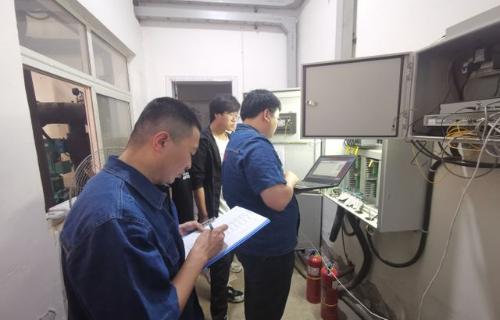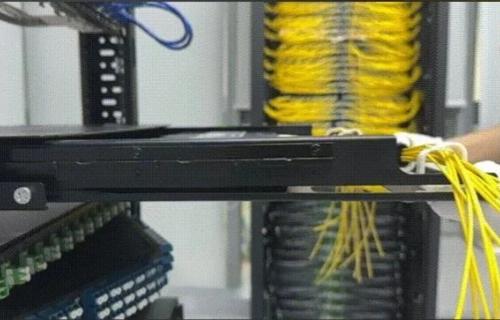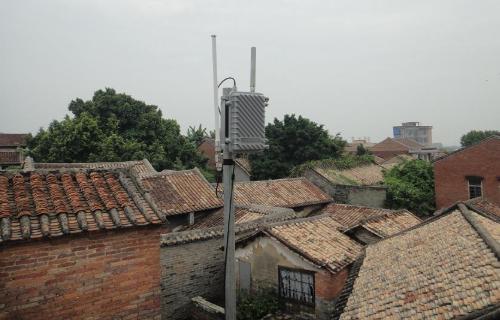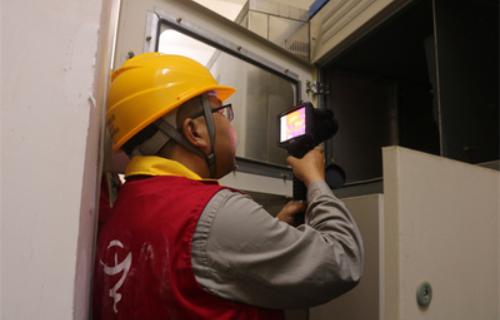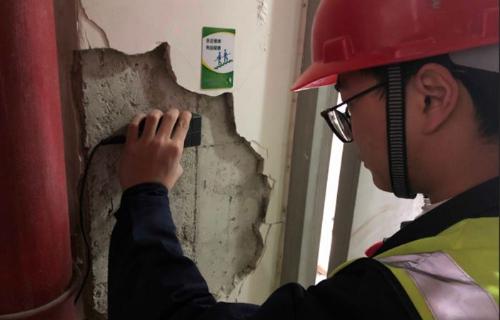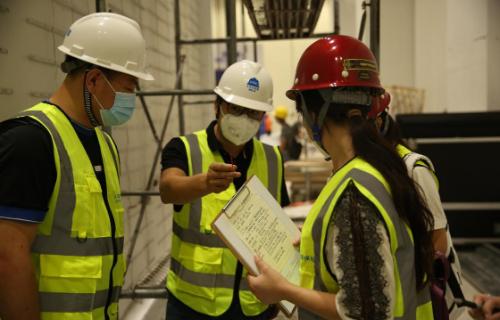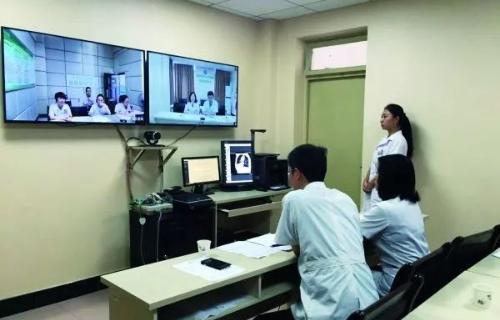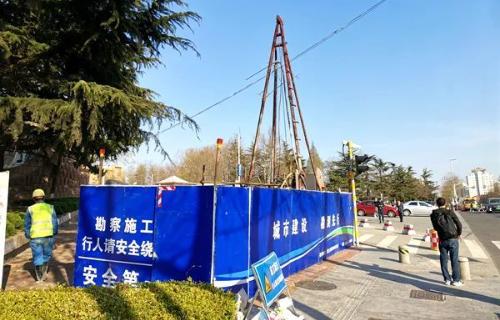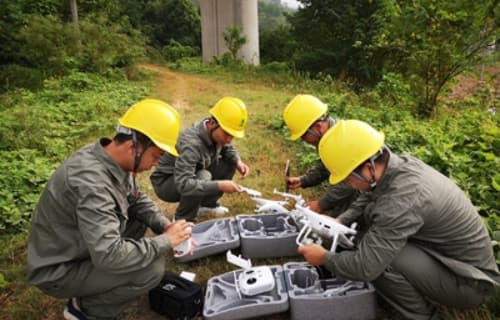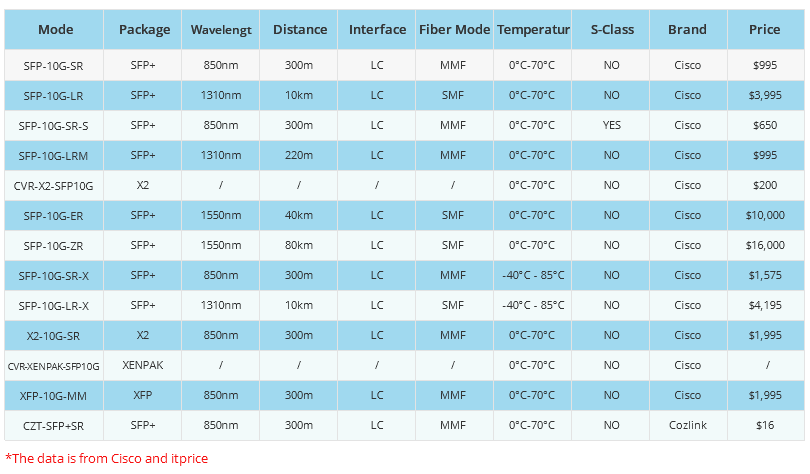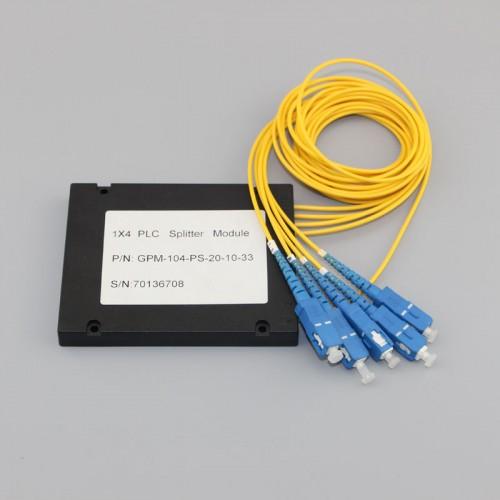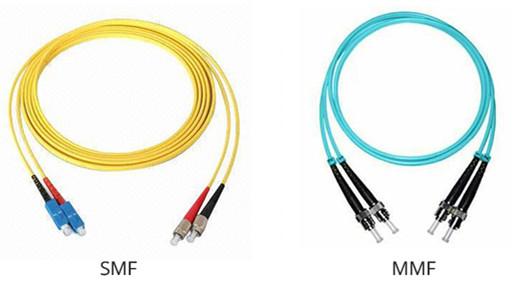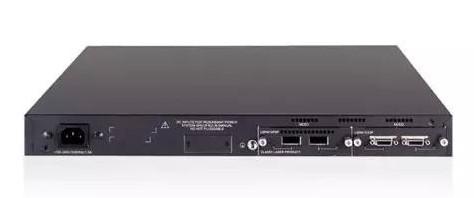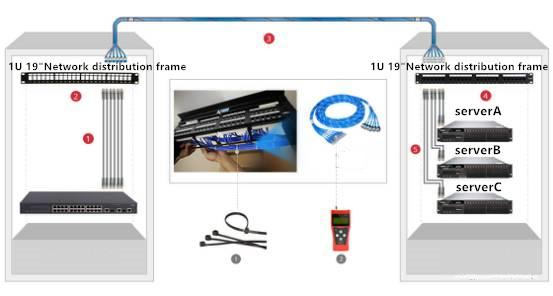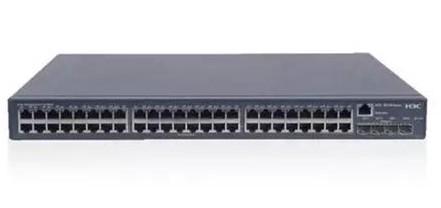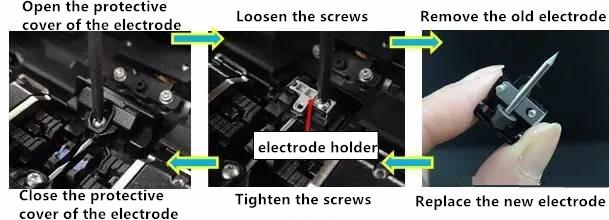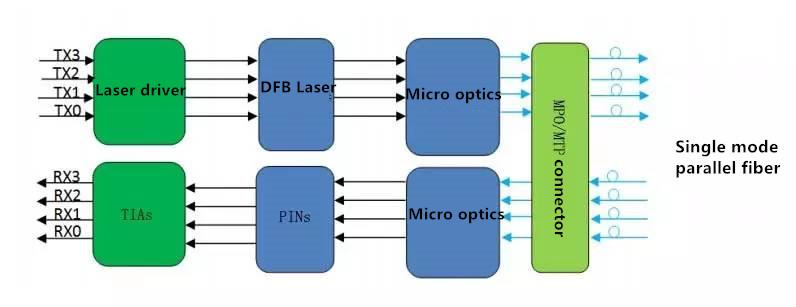- Related articles
- Ethernet Standards for Optical Fiber Networking
- Optical Transceivers for Cisco SF300-48PP-K9-EU Switch
- Apply to 1000BASE-LX Standard Optical Transceiver Models
- What Is Pipeline Fiber Optic Cable?
- All Cisco SFP-10G-SR-S’s Information (Overview, Features, Datasheet PDF, Price, Specificat
- Optical Transceivers for Cisco WS-C3650-24TS-S-RF Switch
- All Cisco GLC-SX-MMD's information (List price,Specs, Datasheet PDF, Compatibility matrix)
- The Things You Need to Know about 100GBASE-SR10 Ethernet Standards
- All Cisco DWDM-XENPAK-31.12's information (List price, Specs, Datasheet PDF, Compatibility
- What is X2 transceiver?

Introduction
In this article we will discuss about the 10BASE-LR Ethernet standard and what is the difference between 10BASE-LR and 10GASE-ER. So you can have a basic understanding for 10BASE-LR technology to understand the basic solutions to 10BASE-LR.
What is the 10BASE-LR technology?
10BASE-LR ("long reach") is a port type for single-mode fiber and uses 1310 nm lasers. Its Physical Coding Sublayer 64b/66b PCS is defined in IEEE 802.3 Clause 49 and its Physical Medium Dependent PMD in Clause 52. It delivers serialized data at a line rate of 10.3125 GBd. The 10GBASE-LR transmitter is implemented with a Fabry–Pérot or Distributed feedback laser (DFB). DFB lasers are more expensive than VCSELs but their high power and longer wavelength allow efficient coupling into the small core of single-mode fiber over greater distances.
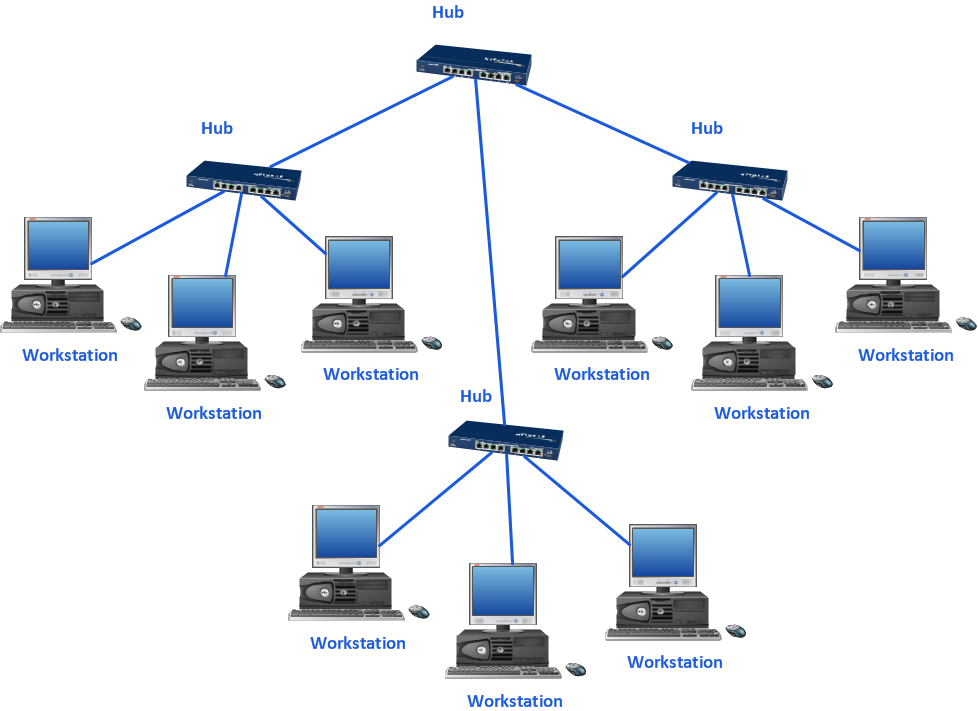
What is the Difference Between 10BASE-LR and 10GASE-ER?








































